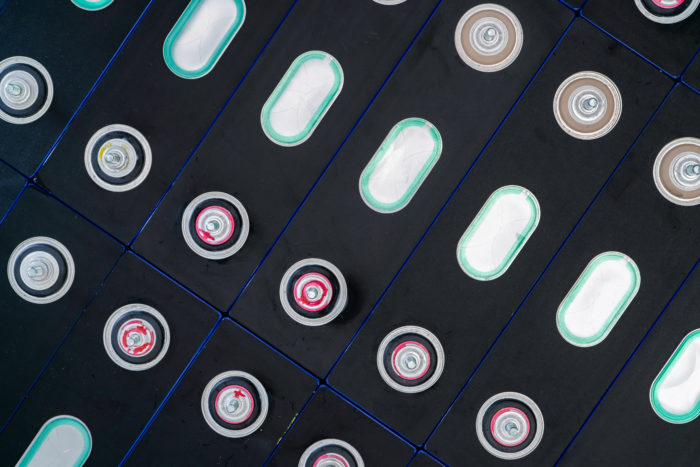Integrating fiber optics into energy storage systems: a winning combination
Le
Integrating fiber optics into energy storage systems: a winning combination
In the field of energy storage systems, the integration of optical solutions represents a major step forward. Fiber optics is a revolutionary communications technology based on the use of glass or plastic as a medium for data transfer. The reflective and refractive properties of light enable information to be transmitted at incredibly high speeds, while maintaining exceptional signal quality over long distances. The integration of these solutions into energy storage systems offers major improvements in terms of efficiency, reliability and safety.
Increased energy storage system efficiency
The integration of fiber optic sensors into energy storage systems enables more precise and efficient energy management. Fiber optic sensors can accurately measure temperature variations, load levels and other parameters essential to optimal system operation. These real-time measurements help optimize storage system performance, minimize energy losses and extend battery life. What's more, it offers high bandwidth, which facilitates communication between the various components of the storage system, enabling more intelligent energy management.
Improved reliability and safety
Optical fiber is renowned for its resistance to electromagnetic interference, making it an ideal choice for energy storage systems. Unlike traditional metal cables, it is unaffected by magnetic and electrical fields, ensuring stable, reliable data transmission. Indeed, these cables are insensitive to disturbances caused by weather conditions such as lightning or storms, enhancing the robustness of the energy storage system by enabling constant transmission. By integrating these solutions into storage systems, the risks of breakdowns and service interruptions are considerably reduced, guaranteeing a continuous, secure power supply.
Towards further integration
But it's not just about data transmission. Research is underway to exploit the unique properties of optical fibers in the field of energy itself. For example, researchers are working on optical fibers capable of converting light directly into electricity, offering the possibility of more efficient energy conversion. What's more, this technology could be used for early detection of faults or malfunctions in storage systems, enabling proactive maintenance and reducing repair costs.
Integrating optical cables into energy storage systems offers numerous advantages, both in terms of efficiency and reliability. Fiber optics' fast, secure transmission capabilities enable more precise energy management, reducing losses and extending battery life. What's more, its resistance to external interference and disturbance guarantees a continuous, secure power supply. With continued advances in this field, the integration of fiber optics into energy storage systems promises a smarter, more efficient future for energy management.
D’AUTRES ACUATLITÉS QUI POURRAIT VOUS INTÉRESSER

The impact of energy storage on the reliability of renewable energies
Le
Integrating fiber optics into energy storage systems: a winning combination...
LIRE LA SUITE
The Importance of Mounting and Polishing Fiber Optic Connectors
Le
Integrating fiber optics into energy storage systems: a winning combination...
LIRE LA SUITE
The rise of energy storage: a key solution for the transition to low-carbon energies
Le
Integrating fiber optics into energy storage systems: a winning combination...
LIRE LA SUITE